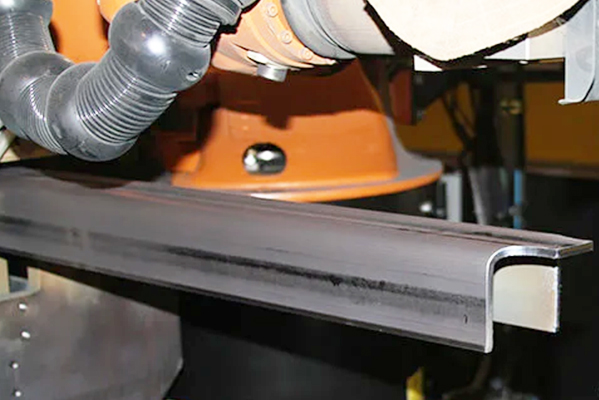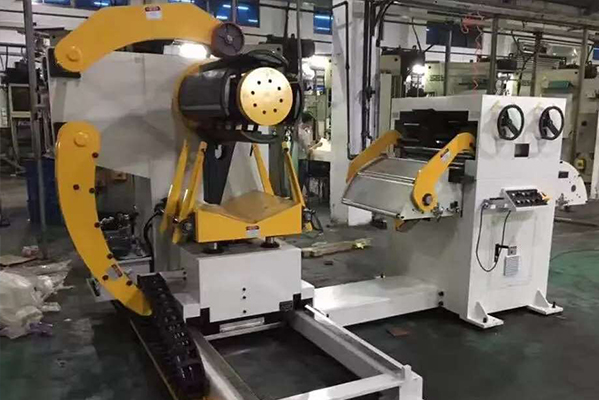Navigation Menu
Contact Us
- Email:
- info@wxavatar.com
- Address:
- Yurong Village, Yuqi Street, Huishan District, Wuxi, China.
Release Date:Feb 26, 2025 Visit:79 Source:Roll Forming Machine Factory
In the world of manufacturing and metalworking, the terms forming and forging are often used interchangeably, leading to confusion about their similarities and differences. While both processes involve shaping metal into desired forms, they are distinct in their methods, applications, and outcomes. Understanding whether forming is the same as forging requires a closer look at the principles, techniques, and advantages of each process.

What is Forming?
Forming is a broad category of manufacturing processes that involve shaping metal through the application of force. This can include techniques such as bending, stamping, rolling, and extrusion. The goal of forming is to alter the shape of a metal workpiece without removing material, making it a highly efficient method for producing complex geometries. Forming processes are typically performed at room temperature (cold forming) or elevated temperatures (hot forming), depending on the material and desired outcome.
One of the key advantages of forming is its versatility. It can be used to create a wide range of products, from simple flat sheets to intricate components with detailed features. Additionally, forming is well-suited for high-volume production, as it can be automated and scaled to meet demand.
What is Forging?
Forging, on the other hand, is a specific type of forming that involves shaping metal using localized compressive forces. This is typically achieved through the use of a hammer, press, or die. Forging is often performed at high temperatures to make the metal more malleable, although cold forging is also possible for certain materials. The process is known for producing parts with superior strength, durability, and resistance to fatigue.
There are several types of forging, including open-die forging, closed-die forging, and impression-die forging. Each method has its own advantages and is chosen based on the complexity of the part and the desired mechanical properties. Forging is commonly used to produce components for industries such as aerospace, automotive, and heavy machinery, where strength and reliability are critical.
Key Differences Between Forming and Forging
While forming and forging both involve shaping metal, they differ in several important ways. Forming is a more general term that encompasses a wide range of techniques, whereas forging is a specific process that focuses on compressive force and often involves heating the metal. Forging is particularly valued for its ability to enhance the mechanical properties of metal, making it ideal for high-stress applications.
Another key difference lies in the equipment and tooling required. Forming processes often use dies, molds, or rollers to shape the metal, while forging typically involves hammers, presses, or specialized dies. Additionally, forging is generally more labor-intensive and requires precise control over temperature and force, making it less suitable for high-volume production compared to some forming techniques.
Applications of Forming and Forging
Both forming and forging have their own unique applications. Forming is widely used in industries such as construction, automotive, and consumer goods, where it is employed to create everything from car body panels to household appliances. Forging, on the other hand, is commonly used to produce critical components such as engine parts, turbine blades, and structural elements for aircraft and heavy machinery.

Conclusion: Forming and Forging – Complementary Processes
In conclusion, while forming and forging share the common goal of shaping metal, they are not the same. Forming is a broad category that includes various techniques for altering the shape of metal, whereas forging is a specific process that uses compressive force to enhance the strength and durability of metal parts. Both processes have their own advantages and are essential to modern manufacturing. Whether it's the versatility of forming or the strength of forging, these techniques continue to play a vital role in creating the products and components that drive our world forward.